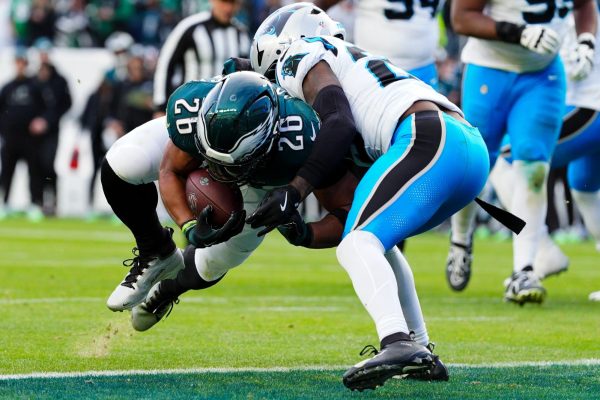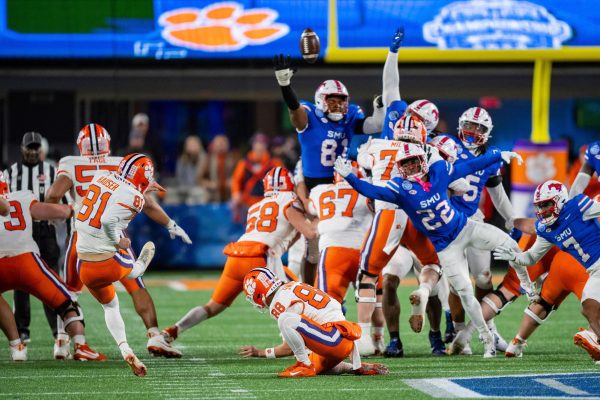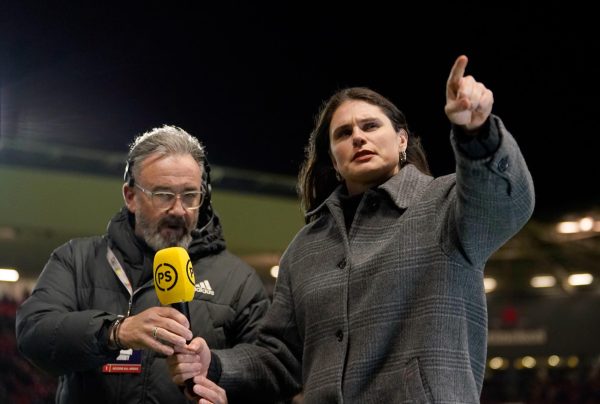Baseball is Back, Albeit with Some Rule Changes
Spring training has begun, baseball is back and the 2023 MLB season is on its way. While a typical offseason includes trades and big free agent signings, significant changes to the rules also altered the MLB this winter. The pitch clock, shift restrictions and larger bases have all been implemented for this season after being agreed upon in the last collective bargaining agreement. These rule changes were made to speed up the game and attempt to create more action on the field.
Gone are the extended gaps between pitches where pitchers and batters take long breaks and alter the flow of the game. Enter the pitch clock. Specifically, the next pitch during at-bats must be thrown fifteen seconds after the previous one (twenty seconds when runners are on base), and all batters must be in the batter’s box with eight seconds remaining on the clock. If a pitcher violates the pitch clock it is an automatic ball, and if the batter violates the pitch clock it is an automatic strike. The violations have already stirred controversy as a spring training game ended abruptly due to a pitch clock violation with two strikes. Many agree that having a pitch clock is surely a much-needed rule for baseball that removes downtime and speeds up the game. Even in spring training, games can last around three hours.
In addition to the pitch clock, the defensive shift, the bane of left-handed batters, has been removed, as two infielders are required to be on each side of the pitcher’s mound at all times. This rule is baseball’s attempt to end the era of “home run or strikeout” that has plagued the game of baseball for far too long. By restricting the shift, batters should be more willing to put the ball in play and hit for contact knowing that there is a better chance of getting on base. However, not all baseball fans are in favor of this rule. According to baseball purists who criticize the shift’s removal, baseball players are professional athletes and should know how to hit into the opposite field with defenders allowed to strategize and counter each hitter’s strengths. Regardless of what purists think, removing the shift will allow the game to open up once again, and baseball may be able to return to the days of “small ball” as opposed to the era of home runs or strikeouts.
Other rule changes for the 2023 season include the introduction of larger bases: the size increased from 15 inches to 18 square inches to reduce injuries. Interestingly, bigger bases in the minor leagues last year reduced injury events by more than 13 percent. However, this rule change does not have as much controversy as the above rule changes amongst fans and members of the media.
While not necessarily new, one rule is staying the same that was implemented experimentally in 2020: having a designated runner on second base during extra innings. The idea behind this is to speed up the game and prevent the time-consuming 18-inning games that existed previously. Out of all the rule changes, this one seemed to be the most unnecessary and the one fans hoped would not be part of baseball’s future. At the very least, this change only affects the regular season and not the postseason, which will follow traditional extra-innings play.
There is no question that a new era in baseball is upon us, one that has to appeal to the younger generation if the sport has any chance of remaining mainstream. These changes remove some of the biggest problems facing the game itself: long playtime for games, excessive amounts of downtime and batters going exclusively for home runs or strikeouts. These changes try to remove aspects that have haunted the game of baseball since the mid-2000s, bring in a new generation of fans and remind older generations about what made baseball so great. Was it the four-hour games and batters striking out every at bat? No. It was small ball and watching defensive plays made in the field as opposed to pitchers and batters taking minute-long breaks in between pitches. Under these rule changes, it seems the game of baseball will become more entertaining for fans.










